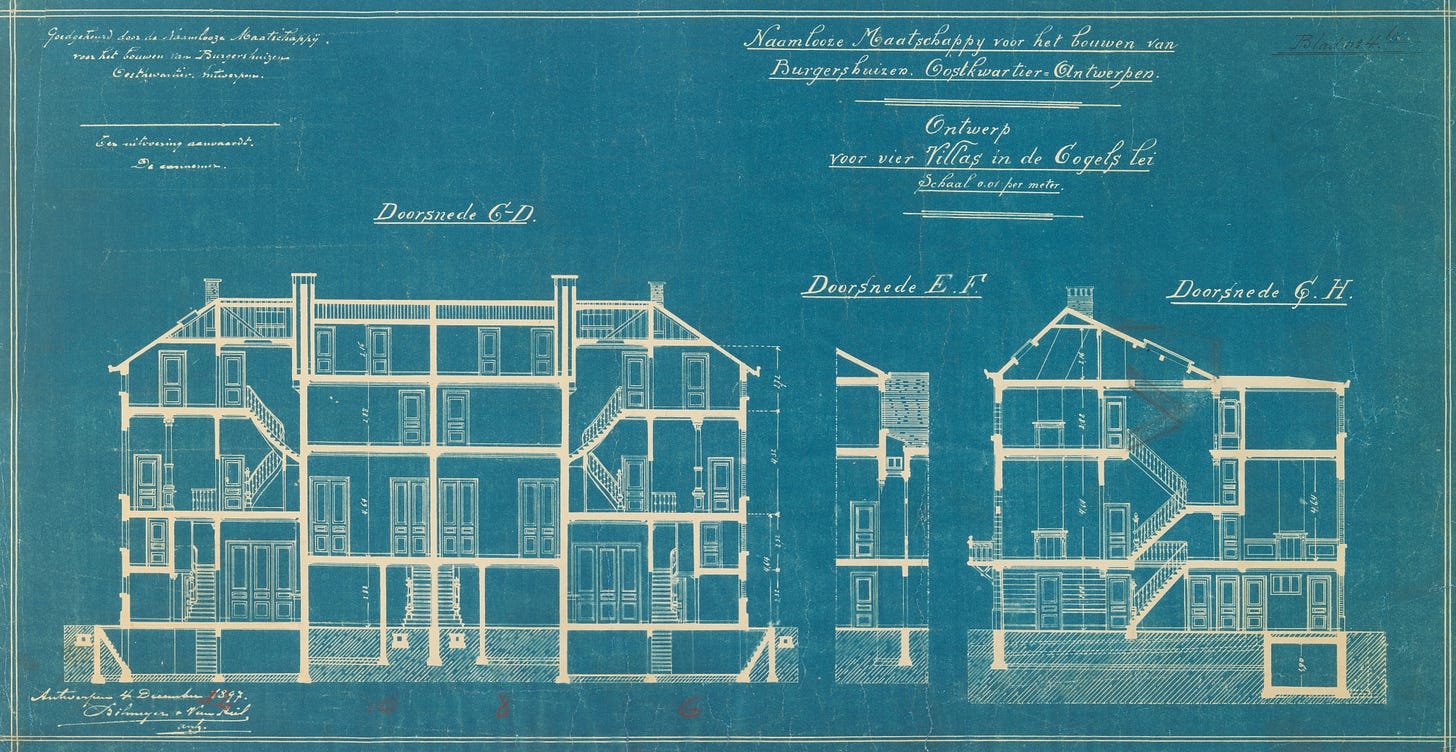Book Proposal Review: What to do about the chapter outline
It sucks, I know...

Unless you’re already an established book author and can half-ass your proposal or have an extremely time-sensitive topic and have to get it on bookshelves stat, you have to figure out your book’s structure before you sell it. I understand why this is the case, but for a reporter, it’s a bit of a mindfuck. In many, if not most, cases, you have to write a very, very detailed outline of the longest thing you’ll ever write before you’ve done most of the reporting and research. Of course, it can, and likely will, change in the process of the actual writing, but the structure and plan for the book is pretty much half the proposal.
Before we submitted my proposal to publishers, I’d reworked the chapter outline several times, experimenting with splitting everything into two or three parts, dividing every chapter into an essay and oral history element, having interludes interspersed throughout (I say this so breezily now, but this iteration process happened over several *years*). It helps that I decided early on that at least part of the book must be chronological, considering that it is, after all, a history. I don’t envy those who don’t have that organizing principle as a form of extremely useful constraint.
The book must, must, must have a clear internal logic. The way I check whether I’ve been successful in creating that logical scaffolding, whether in my own longform pieces or in my work as a developmental editor, is that I ask myself whether I can clearly articulate why piece of writing X follows piece of writing Y, why content X belongs in the first part of the work and content Y belongs in the second or third or fourth part. And, crucially, I check whether all these Xs and Ys fit under the the overall thesis or guiding principle of the work, as well as that of the section. Otherwise — sayonara, darlings. It sounds simple and obvious, but from my experience, it’s way too often forgotten.
What I’ve learned is that in a book proposal you kind of have to spell out that thought process, which may feel like you’re beating the reader over the head with all that structure talk, or that you’re telling and not showing. If you weave in great stories or lighbulb-moment-thoughts and have a compelling writing voice, you can still do this quite artfully, but striking the right balance is tricky.
When it comes to structuring the chapter outline, I can really only speak from my experience, but this post from Anna Sproul Latimer, a well-known agent who writes the newsletter
is useful (as is her large repository of publishing-related advice). She writes:“Each chapter summary should include an argument of some kind—a sentence you can literally point to on the page and say, “here’s my argument!!!” Ideally, you’re developing each chapter’s argument clearly and sequentially from the previous chapter’s.
Taken together, your chapter summaries should build a methodical case for the main argument of your book (which itself should be identifiable in the overview of your proposal).”
Another thing should be in each chapter summary, as per feedback I got from an agent? “I need a sense of who the book IS for and what they're going to get out of it.” This will likely have to be more subtle than the structure talk, but at the end of the day, remember that the book proposal is a sales document.
Some technicalities:
How many words per chapter in the outline? This will probably depend on the book, and on the overall length of your chapters, but my summaries range from between 450 and 750 words. A friend who is writing a memoir was told by her agent to aim between 1500 and 2000.
How do you cite information in the chapter summaries? I have about 30 footnotes.
Do you have images? This is actually something that I was not expecting I would need, but we did include a bunch of images throughout my chapter outline, and we offered to have some images in the book. Again, this will depend on the work, but I will say that I’ve seen a proposal for a very serious Pulitzer-winning book that also included pics.
Helpful phrases:
“This chapter will show how…”
“As I will show in this chapter by interviewing X, it was…”
“We’ll see how…”
“As I mentioned in Chapter 3…”
A side note on my method for REVISION:
I’ve had to do or advise on several revisions recently, and I have never felt stronger about my “small pieces of paper” writing method, which is PARTICULARLY useful for structure, and establishing the logical scaffolding I mentioned above. Here’s what you do. You take your existing writing. You print it (buy this simple, reliable printer). You cut it up into strips by paragraph (ish). You number every strip so that you can see your original structure. You lay it out on the floor, table, cork board, whatever. (Optional step: you reverse outline the whole thing to have an even better sense of what your original structure was). You stare and stare and stare. You interrogate your work. You ask yourself questions. You ask each strip where it should go. You arrange and rearrange. You see the whole thing at once. You exhale.




